Indonesian Traditional Clothing
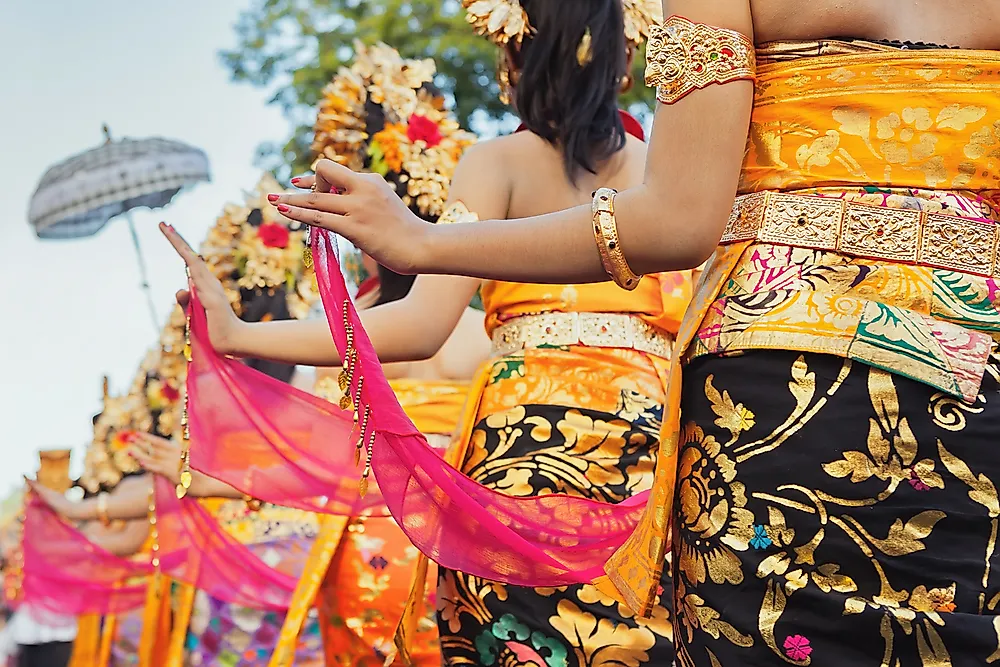
Indonesia is the biggest island state in the world with over 70,000 islands. It is a multi-diverse state with over 30 provinces that have their unique traditional attires. Indonesian culture has been influenced by numerous religions including Christianity, Islam, Confucianism, Buddhism, and Hinduism for centuries now. Despite the foreign influence, various regions have preserved their indigenous cultures. Various ethnic groups including Toraja, Dayak, Dani, Asmat, and Mentawai among others are still wearing their traditional attires and practicing their ethnic rituals. Most Indonesians wear their traditional attires during traditional ceremonies or when attending official events. Some of the most common traditional attires in Indonesia include:
5. Kebaya
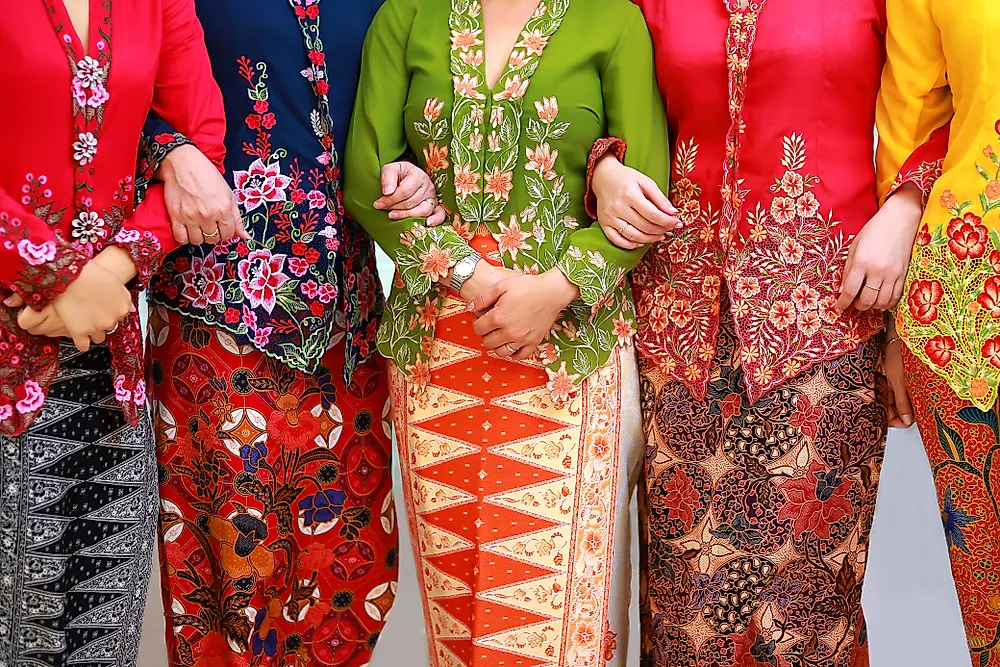
A Kebaya is a unique blouse-dress combination which originated from the Kingdom of Majapahit (present-day Indonesia). Kebaya is the traditional costume worn in Indonesia particularly the Balinese, Sundanese, and Javanese women. Kebaya is also common in the Philippines, Cambodia, Thailand, Brunei, Singapore, and Malaysia. Kebaya was designed as a means to make the Kemban (torso wrap which was worn by the aristocrats) more modest and acceptable to the Islam religion. The Javanese Kebaya was later adopted by the women from the Johor, Riau, and Aceh kingdoms as a means of expressing their social status. Kebaya is usually made using various sheer materials like polyester, silk or thin cotton adorned with floral-pattern embroidery.
4. Peci
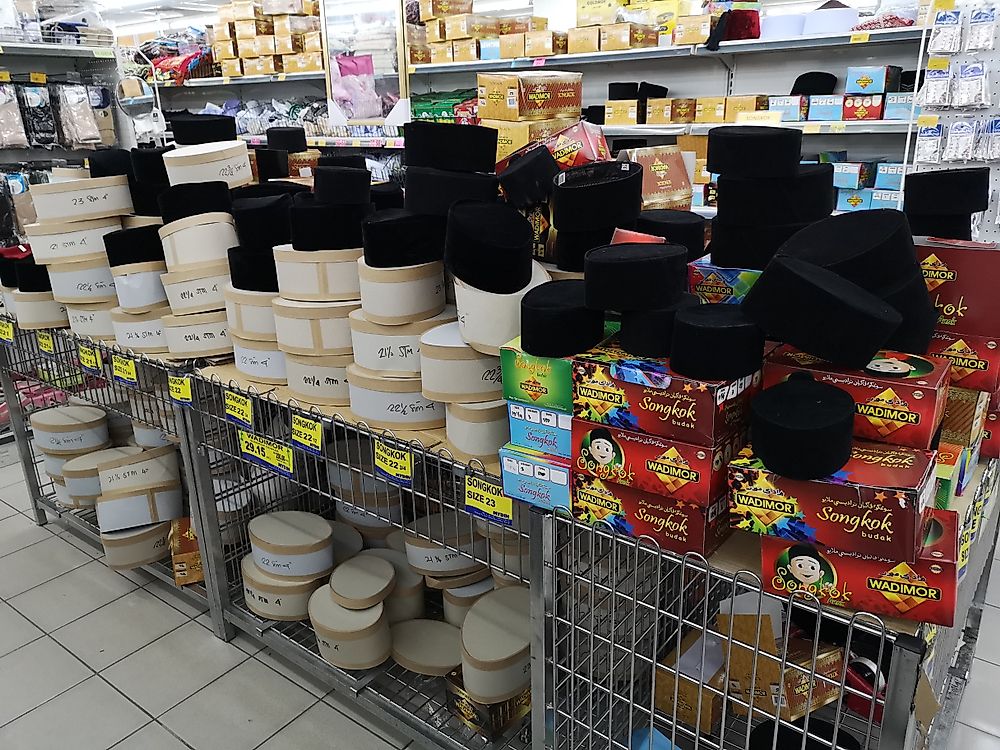
A peci, also known as a kopiah or songkokis, is a cap worn by the Muslim men in Indonesia, Thailand, Philippines, Singapore, Malaysia, and Brunei. The black velvet cap, which resembles the Egyptian-Turkish fez, is a national headdress of Pakistan which was popularized by Sukamo. Peci was worn by numerous activists to demonstrate their national identity and nationalistic sentiments. Some of the nationalist movement activists who wore this headdress during the twentieth century include Agus Salim, Muhammad Hatta, and Sukamo. All male Indonesian presidents wear a peci with their official clothing.
3. Kemben
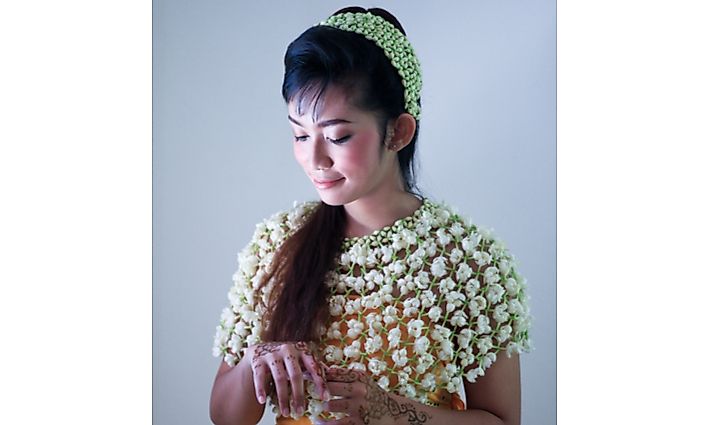
A Kemben is a torso wrap commonly worn by the women from Bali and Java. Traditionally, the women wrapped a piece of cloth on their torso, secured and folded the edge, tie it using a rope and finally cover it with an angkin. Today there is a tailored kemben that is secured using zippers, straps or buttons like the western corsets. Traditionally, the Javanese women wore two pieces of cloths: a kemben (covering the upper part of their bodies) and a lower one which they wrapped around their hips. The Kemben is quite comfortable in the humid and hot Indonesian climate since it eases perspiration and ventilation. Before the introduction of a kebaya, the Kemben was the most common and popular female dress among Javanese women.
2. Baju Kurung
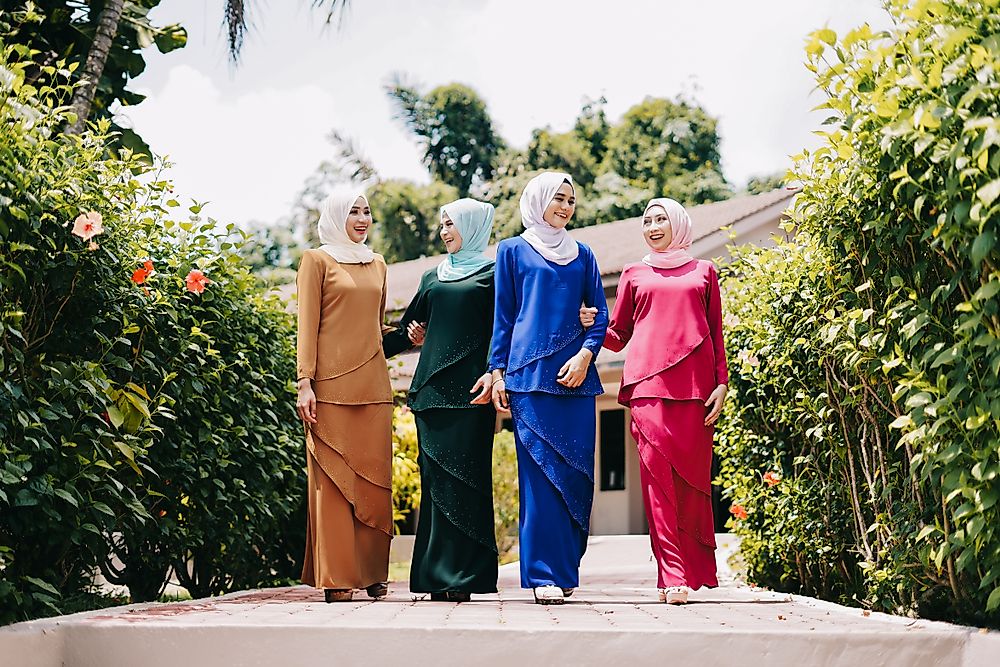
A baju kurung, enclosed dress, is considered to be the Malaysian national dress. Baju kurung is one of the numerous regional dresses of this ethnically and culturally diverse nation that is commonly worn in Sumatra Island. The baju kurung is also worn in Thailand and Singapore. Initially, this dress was looser and longer. Sultan Abu Bakar from Johor popularized it during the nineteenth century. It prospered in the 1970s and 80s during the Islamization of Malaysia. Even though baju kurung refers to attire worn by both male and female, in Malaysia, baju kurung is the female dress.
1. Blangkon
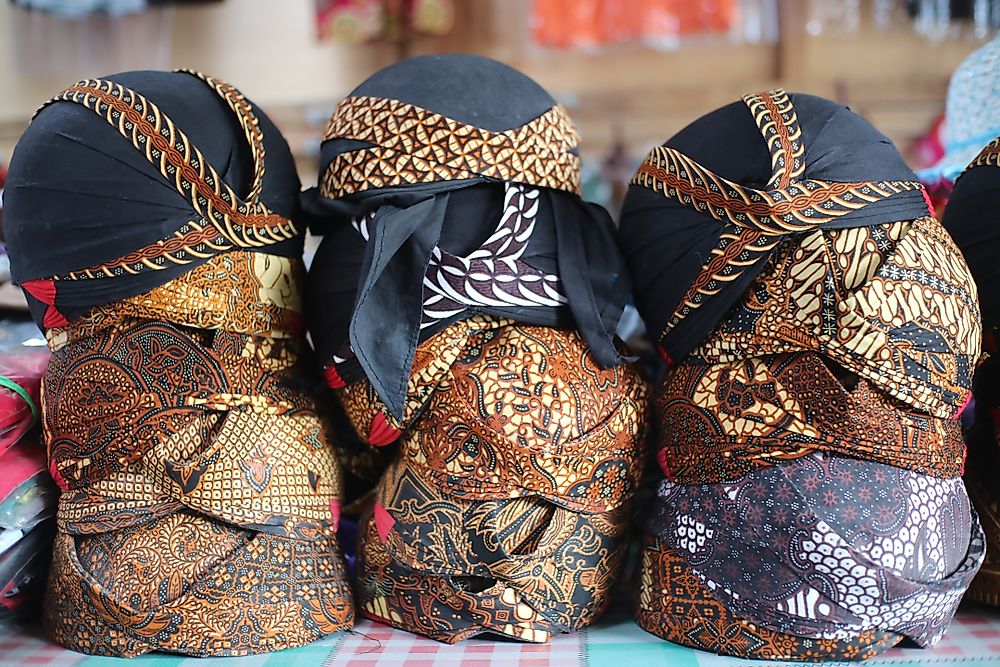
Blangkon, also known as belangkon, is a traditional male headdress that is commonly worn by Javanese men. Blangkon is made using a batic fabric, and there are 4 types of belangkon (Banyumasan, Kedu, Surakarta, and Ngayogyakarta) which are distinguished by their origin and shape. Blangkon is believed to have originated from Aji Saka’s story. Saka defeated the giant who owned the land of Java. Saka is believed to have created the Javanese calendar. Other theories state that the usage of this headdress was influenced by the Islamic and Hindu cultures which were absorbed by the Javanese. The belangkon is derived from the turbans that were worn by the Gujarati traders who were among the first Muslims to visit Java.











